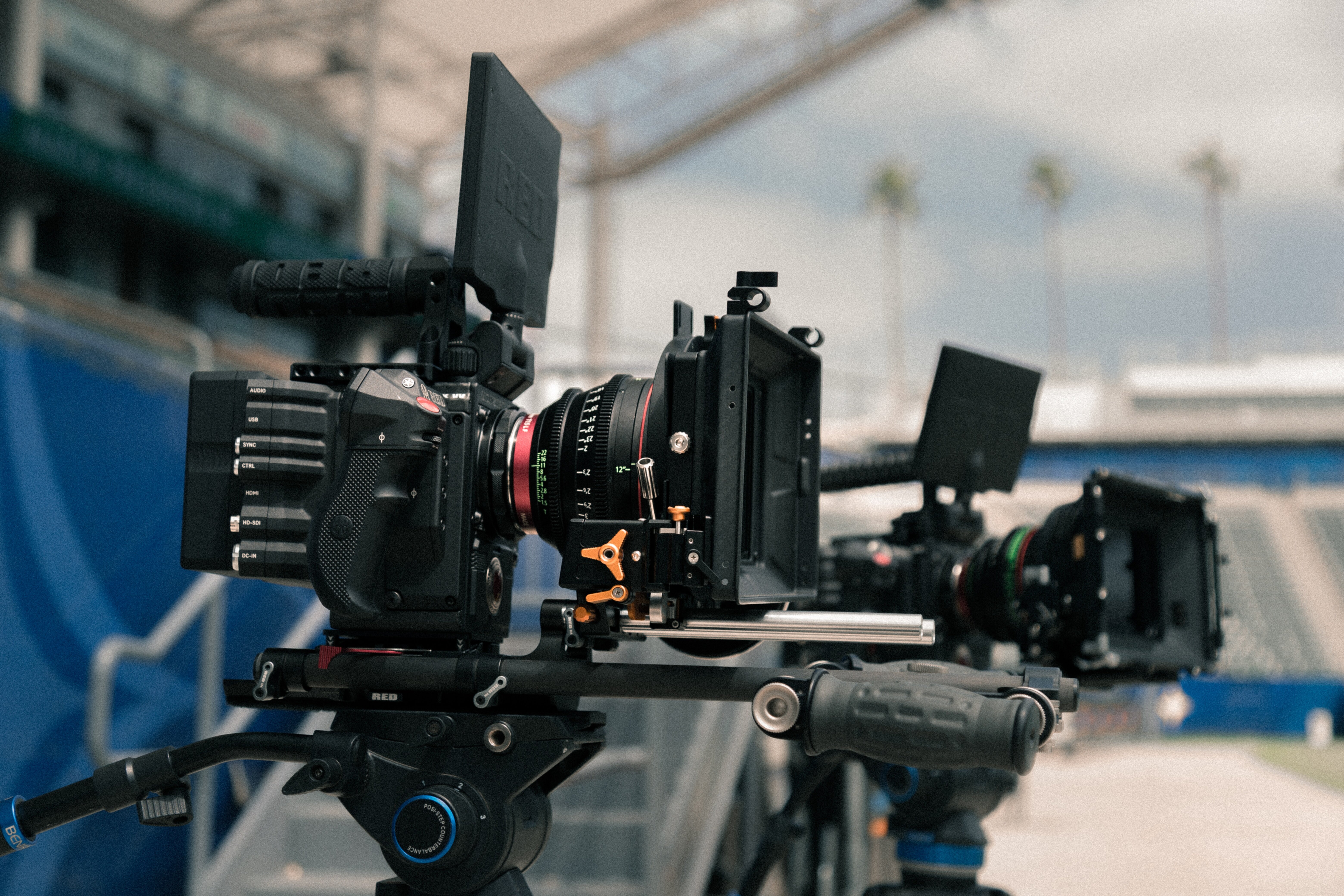AI-Driven Photo Enlargement How Neural Networks Preserve Image Quality When Scaling Beyond 400%

I was recently looking at some archival photography, digitized from old film negatives, and the limitations of traditional scaling methods became immediately apparent. You zoom in just a bit, say 200%, and the blockiness starts to scream at you. We’ve all seen it—the jaggies, the loss of fine texture, the general mushiness that appears when you try to stretch a low-resolution image beyond its information capacity. For years, the solution was interpolation, essentially guessing what the missing pixels should look like based on their neighbors, which is a polite way of saying it was often a controlled blur. But now, the computational tools at our disposal are fundamentally different. We are moving beyond mere guesswork into informed reconstruction, particularly when we start talking about scaling factors exceeding 400%. This shift isn't just incremental; it’s a structural change in how we treat digital imagery, moving from approximation to generative filling based on learned visual grammar.
The core technology enabling this leap is the neural network architecture, specifically those trained on massive datasets of high-resolution imagery paired with their downscaled counterparts. Let’s pause for a moment and consider what that means practically. When a traditional algorithm scales an image by 400%, it needs four new pixels for every original pixel; it has no inherent knowledge of what a sharp edge or a strand of hair actually looks like at that magnification. A properly trained Convolutional Neural Network (CNN), however, has internalized millions of examples of how fine details resolve themselves in real-world scenes. When presented with a low-resolution input, the network doesn't just average colors; it predicts the high-frequency components—the sharpness, the subtle variations in tone that define texture—that were lost during the initial capture or downsampling. This process feels less like stretching and more like a highly educated hallucination, guided by statistical probabilities derived from reality.
This process of upscaling via neural networks, often referred to as super-resolution, hinges on what these models learn about natural image statistics. Think about the difference between scaling a simple geometric shape—say, a black square on a white background—and scaling a photograph of weathered brick. For the square, standard bicubic interpolation might suffice because the transition is binary. For the brick, the network must decide where the mortar lines fall, how the granularity of the brick surface should appear, and whether a slight shadow should be introduced near a grout line to give it depth. The network achieves this by mapping the low-resolution features to high-resolution feature spaces it has already mapped during training. If the model was trained heavily on architecture, its output for brickwork will likely be structurally convincing, maintaining edge fidelity far beyond what simple pixel replication could achieve. We must be critical, though; if the input image contains artifacts or noise that the network hasn't specifically learned to filter out, those imperfections can sometimes be "hallucinated" into sharper, more defined, but ultimately false details, which is a fascinating problem in itself.
What truly separates this modern approach from older techniques when pushing past 400% is the network’s ability to synthesize plausible detail rather than just smooth transitions. When we look at an area that was severely undersampled—perhaps a patch of grass or the texture of woven fabric—the network doesn't just create a blurry average; it generates entirely new, statistically appropriate detail within that space. It essentially fills in the blanks using learned context. For instance, if the input shows the general structure of an eye, the network populates the pupil area with realistic, non-repeating micro-patterns of iris texture, rather than a smooth color field. This reliance on learned patterns means the resulting image gains perceived sharpness and information density, even though mathematically, no *new* information from the original source is being introduced. The information is synthesized from the model's internal representation of the visual world, making the resulting high-magnification view surprisingly coherent and visually satisfying, provided the model's training set was sufficiently diverse and high quality for the subject matter at hand.
More Posts from ai-videoupscale.com:
- →How AI Video Upscaling Can Enhance Real-Time Camera Filter Quality in Webcam Applications
- →Evaluating Small Cameras For Capturing Travel Adventures
- →Free AI Image Filters Performance Analysis of 7 Browser-Based Solutions in Late 2024
- →Precision Sharpening A Step-by-Step Guide to Fixing Blurry Images in Photoshop Using High Pass Filters
- →AI Upscaling Meets Culinary Art Enhancing Food Photography at Cape Fear Cafe, Duncans Mills
- →7 Practical Applications of Adobe Photoshop Express AI for Historical Photo Restoration